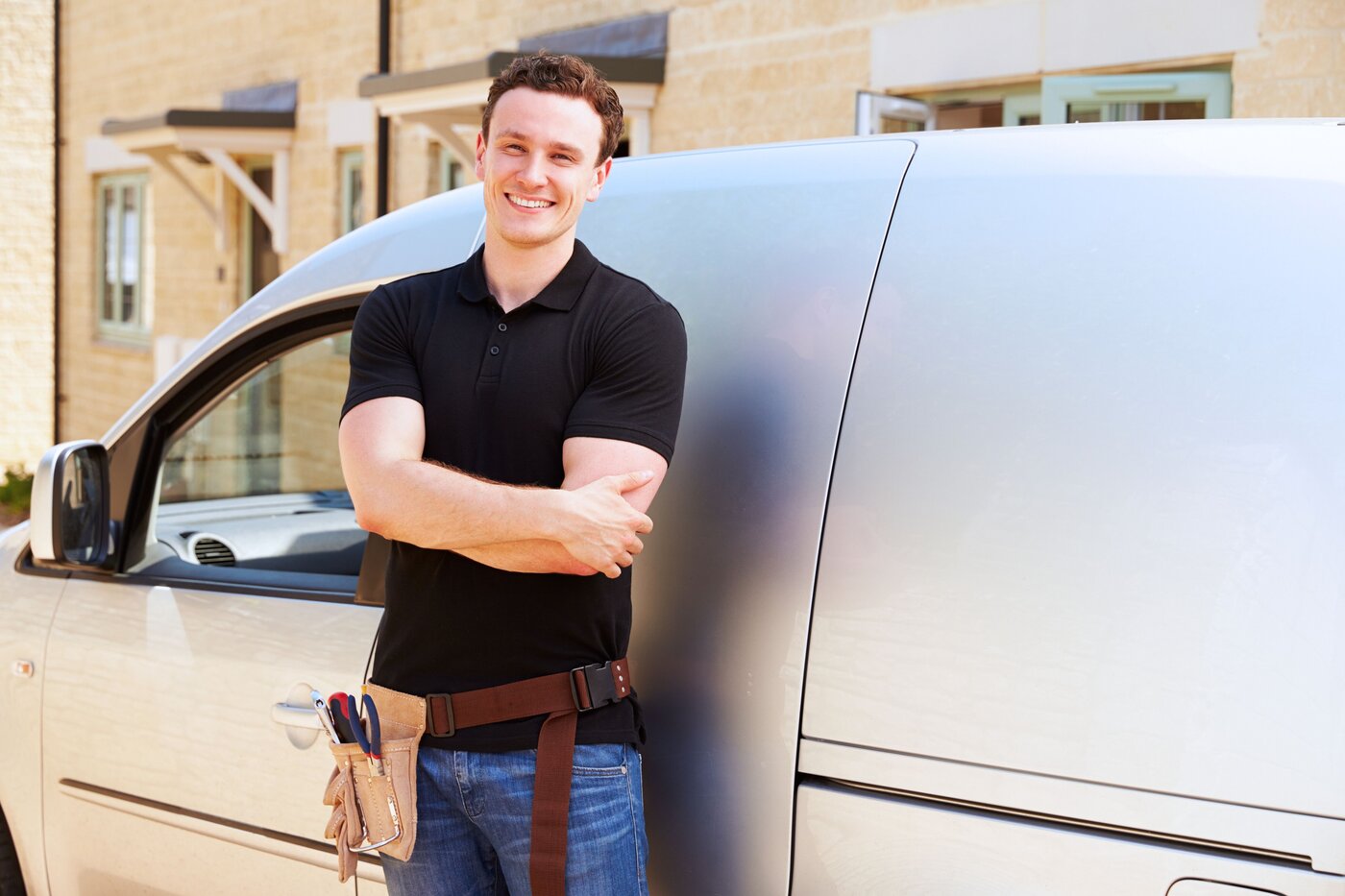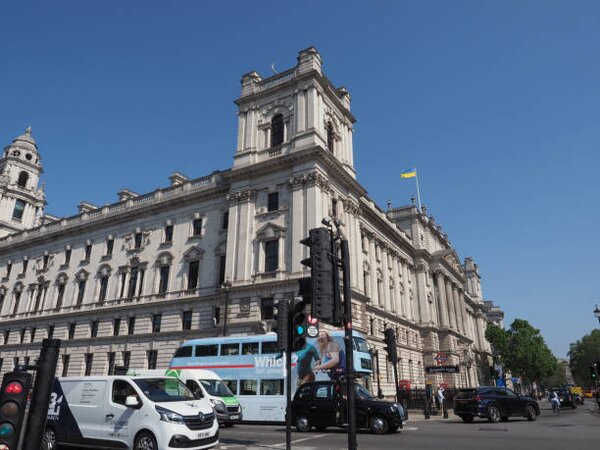Let’s Break This Down Together...
Buying a van for your business is exciting, but working out the tax relief can feel like a puzzle. Is it a van or a car for HMRC? And how much can you actually claim?
In this guide, we’ll explain what capital allowances are, how the Annual Investment Allowance works, and the rules around private use. We’ll also cover special cases like electric vans and what happens when you eventually sell the vehicle.
By the end, you’ll know exactly how to reduce your tax bill and avoid costly mistakes. It’s your money we’ll help you keep more of it. Let’s dive in.
What Are Capital Allowances for Vans?
Capital allowances let businesses claim tax relief when they buy vans and other assets. For tax purposes, vans are treated as 'plant and machinery', alongside other business equipment and machinery, meaning they are eligible for specific capital allowances if they qualify.
Think of them as the tax system’s way of recognising that your van loses value over time. Unlike everyday expenses such as fuel or repairs, capital allowances help you recover the cost of buying the van itself. For sole traders, partnerships and limited companies alike, these allowances can make a big difference to your tax bill.
The rules are much more generous for vans than for cars, which is why getting the classification right matters so much only assets that qualify as plant and machinery, such as vans, equipment, and certain types of machinery, are eligible for these allowances.
How Do Van Capital Allowances Work?
When you buy a van for business, you can usually claim the full cost against your profits in the year of purchase. This is thanks to the Annual Investment Allowance (AIA). The current AIA limit is £1 million (until 31 March 2026), which covers most van purchases easily.
This 100% deduction in year one is much better than the slower write-down you’d get with many other business assets. The allowance is deducted from your profits for the accounting period in which the van is purchased.
If you don’t claim the AIA, vans go into your “main pool” of capital allowances. Here you can claim 18% of the remaining value each year this is the main pool rate. If the van falls into a special rate pool, a different rate, such as 6%, applies. Special rate pools are used for certain assets that exceed the AIA cap, and different rates are applied depending on the asset type.

What Counts as a Van for Tax Purposes?
HMRC defines a van as a vehicle primarily designed to carry goods rather than passengers. It must have a maximum gross weight of 3,500kg. Pickup trucks usually qualify if they can carry a payload of at least one tonne.
Double-cab pickups sit in a grey area. They may qualify if the payload capacity is high enough and the passenger area isn’t too dominant.
Electric vans qualify for special treatment, with 100% first-year allowances available regardless of cost. Zero CO₂ emission vans also qualify for additional incentives under the 'full expensing' regime.
As an example, I once advised a client who bought an expensive pickup with leather seats and tinted windows. HMRC challenged the van classification, costing them thousands in lost allowances.
Private Use and Capital Allowances
If you use your van partly for private journeys, you’ll need to reduce your capital allowance claim accordingly.
For a sole trader who uses their van 80% for business, you’d only claim 80% of the available allowances. These rules apply to self-employed individuals for income tax purposes, meaning the adjustment for private use is required when calculating capital allowances under income tax legislation.
Limited companies work differently. The company claims full capital allowances, but the employee pays tax on the benefit of private use.
Keep a mileage log to back up your business use percentage. HMRC may ask for evidence if they check your tax return.

Annual Investment Allowance vs Writing Down Allowances
The Annual Investment Allowance gives you 100% relief in year one, up to the current £1 million limit.
If you don’t claim AIA (or can’t, perhaps because you’ve used it on other assets), you’ll claim writing down allowances instead. These allowances do not apply to vans that are leased rather than purchased.
Standard vans go into the main pool, where you claim 18% of the remaining balance each year.
When you sell the van, you’ll either have a balancing charge (if you get more than the tax value) or a balancing allowance (if you get less). These rules apply when you own the van, not when you lease it.
Electric Vans and Enhanced Capital Allowances
Zero-emission vans qualify for 100% first-year allowances. This lets you deduct the full cost from your profits immediately.
This applies regardless of whether you’ve used up your AIA on other purchases. From April 2023, the Annual Investment Allowance (AIA) has been permanently set at £1 million, providing certainty for companies investing in plant and machinery.
The government introduced this to encourage businesses to switch to cleaner vehicles. Companies investing in electric vehicle charge points may also qualify for enhanced capital allowances, especially in designated investment zones where further incentives may apply. These allowances are available for corporation tax purposes.
You’ll need to keep evidence that the van meets the zero-emission criteria if HMRC asks questions later.

How to Claim Tax Relief on Vans
Claiming tax relief on your business van is a straightforward process when you understand how capital allowances work. The main route for most businesses is the Annual Investment Allowance (AIA), which lets you deduct the full cost of a van from your taxable profits in the year you purchase it. As long as your qualifying expenditure on vans and other eligible assets stays within the annual cap of £1 million, you can claim 100% tax relief using the AIA.
If your qualifying expenditure exceeds the AIA limit in a given year, the normal capital allowance regime kicks in. Under this system, you’ll claim writing down allowances typically at 18% per year for main pool assets like standard vans, or 6% for special rate pool assets. This means you’ll spread the tax relief over several years, deducting a percentage of the remaining value each year from your profits.
For businesses investing in zero-emission vans, there’s an extra incentive: a 100% first-year allowance is available, regardless of the AIA cap. This allows you to claim the full cost of a qualifying electric van in the year of purchase, provided the van is bought before April 2026 and your business is eligible for capital allowances.
Companies can also benefit from the ‘full expensing’ regime, which allows a 100% first-year allowance on new and unused vans purchased before April 2026. If you later sell the van, you’ll need to add the full sales proceeds back to your taxable profits for that year, ensuring the tax relief matches the actual cost to your business.
To claim capital allowances on your van, simply include the relevant figures on your business’s tax return whether you’re a sole trader, partnership, or limited company. It’s essential to keep detailed records of the purchase price, the allowances claimed, and any sales proceeds if you dispose of the van. Good record-keeping ensures you can support your claim if HMRC ever asks for evidence, and helps you maximise your tax relief year after year.
Final Thoughts
Capital allowances on vans can slash your tax bill if you know the rules. The 100% relief available makes business vehicles a tax-efficient purchase.
Remember that HMRC's definition of a van matters. Get this wrong and you might end up with less generous car allowances instead.
Good record-keeping is essential, especially if you use the van for both business and private journeys.











